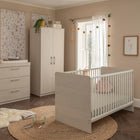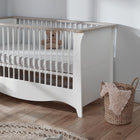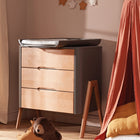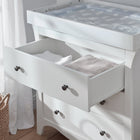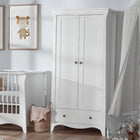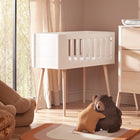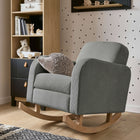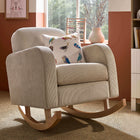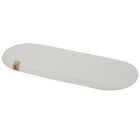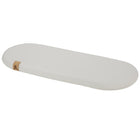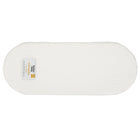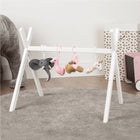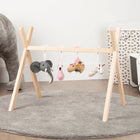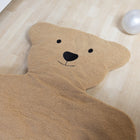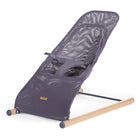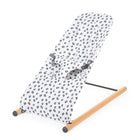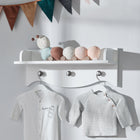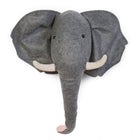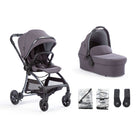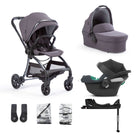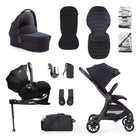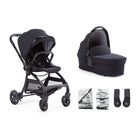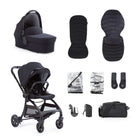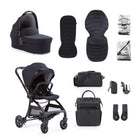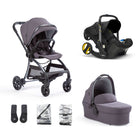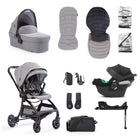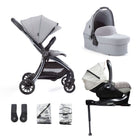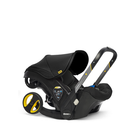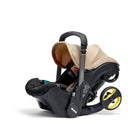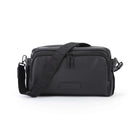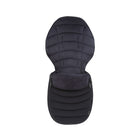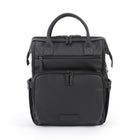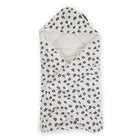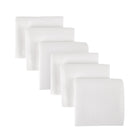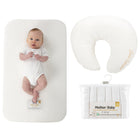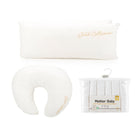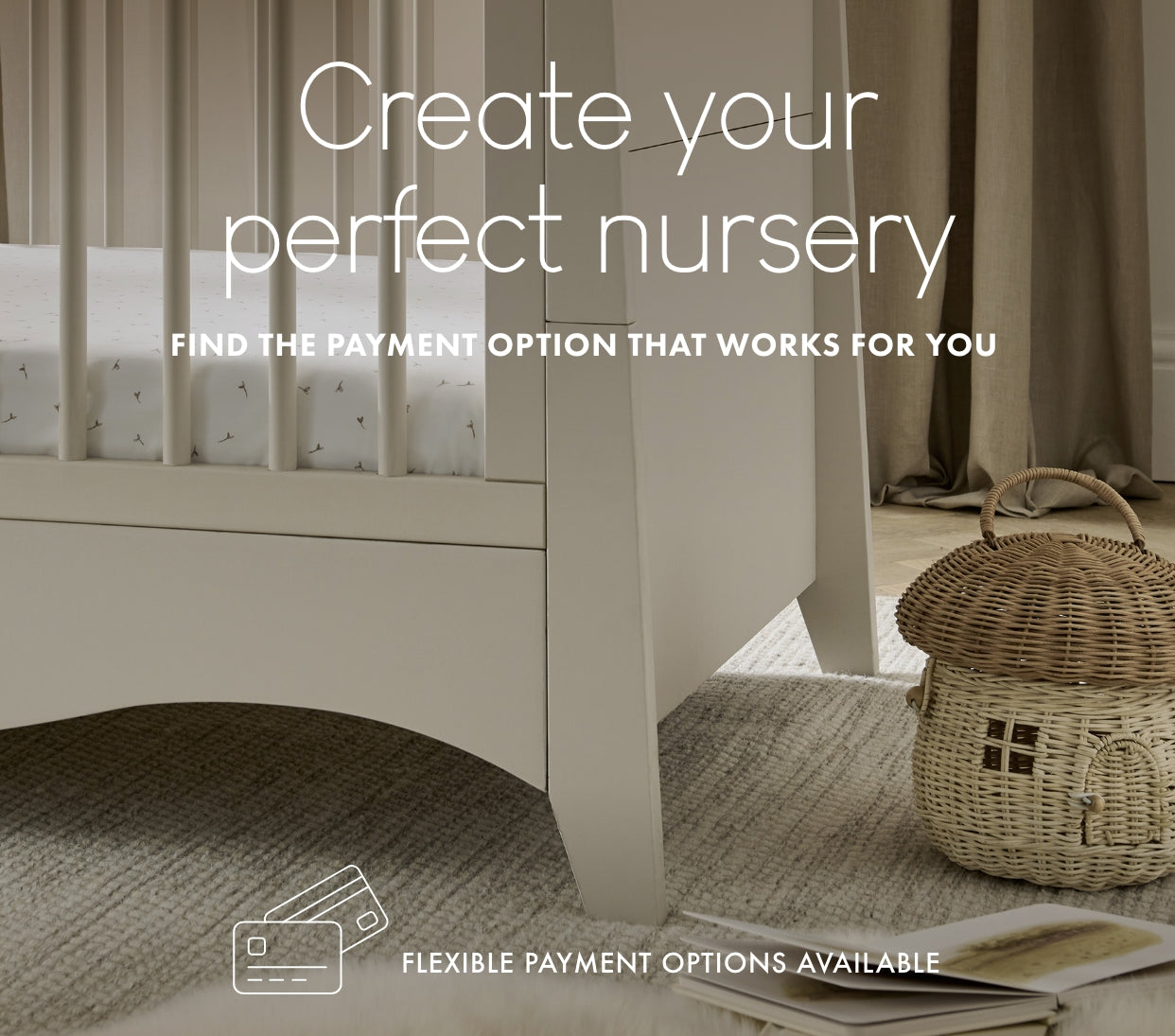Your baby won’t stay so small forever, and before you know it, your baby will be crawling from one end of the room to the other. Its a good idea to start thinking about potential dangers in your home before they get to this stage. The babyproofing process is important to avoid any unnecessary accidents to keep your little one safe.
What is Babyproofing?
If you are a first-time mum, babyproofing your home will be a whole new experience for you. Unfortunately, it isn’t one of the most exciting parts of becoming a mum. In fact, it can be quite stressful. This is why preparation is essential.
Babyproofing your home simply means removing anything that can cause harm to your baby and taking precautions to make your home a safe place.

Where to Start?
The best way to babyproof your home is to look at each room in your house through the eyes of your baby. We recommend you go into each room and get on your hands and knees as if you were crawling like your baby. Take into consideration what is within easy reach, sharp edges and any furniture they may use to help them stand up. As crazy as this sounds, it will give you a ‘tots-eye-view’ of each room.
When is the best time to Babyproof a Home?
When your baby arrives, you will be occupied with feeding, changing and settling them into their new routine. So we recommend doing the majority of child proofing before they arrive. During pregnancy, most women find the second trimester a lot easier than the first. Therefore, you may find this the best time to start.

Safety around the House
Multiple babyproofing tips can be applied to all rooms of your house. You may want to start with these first.
-
Keep all small objects out of reach – make sure that there aren’t any loose change, buttons or button batteries within reach of your baby. Check down the sides of your sofa and the floor to be sure you have removed any choking hazards.
-
Blind cords – can be a strangulation hazard if they are loose and within reach of your little one. Ensure that you tie them up, cut them shorter or use blind cord safety devices.
-
Furniture – take into consideration any furniture that could topple over if your baby was to use it to help them stand up, for example, a bookshelf or a set of chests of drawers. This type of furniture should be anchored to the wall.
-
Electrical cables – are another strangulation hazard, and your baby may be tempted to chew them. Hide any electrical cables or keep them out of reach.
-
Electric sockets – that meet British Standard 1363:1995 have an inbuilt safety system. You should avoid using socket covers as they could make your plug socket less safe.
-
Sharp edges – some furniture in your house will need corner and edge guards.
-
Cleaning products – can be harmful to your baby and need to be locked away.
-
Medicines – babies and toddlers may mistake medicine for food or sweets. Keep them away from your little one in a locked cupboard.
-
Stairs – will require baby gates at the top and bottom.
-
Doors – will need door stoppers, and some may need finger guards over the hinges.
-
Cupboards – there are many safety devices to choose from that will help keep your little one from getting into cupboards and draws.
Baby and You
Before your baby can crawl or walk, you will spend a lot of time carrying them around in your arms, especially in the first few weeks when skin-to-skin contact is advised. And your baby is comforted by being close to you.
It is important there are no trip hazards on the floor. And you are always aware of your surroundings. Remember, you won’t be able to do day-to-day things like making a hot drink while holding your little one.
Other Safety Tips to Consider
-
Fitting smoke detectors
-
Purchasing a children’s first aid kit
-
Taking first aid training and downloading an app to use at home
-
Don’t leave windows open or unlocked
-
If you have a fireplace, make sure it is babyproofed
-
Ensure houseplants aren’t poisonous
Don’t Forget
Your child should always be supervised by yourself or another responsible adult.

